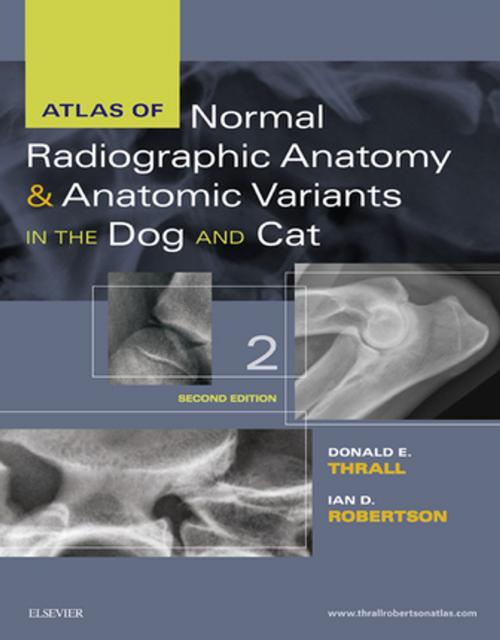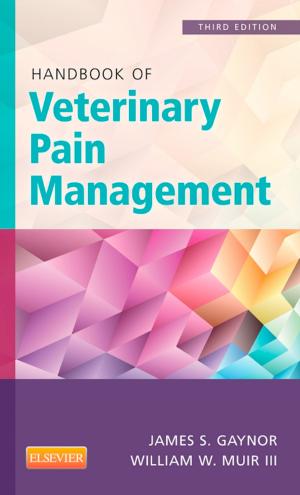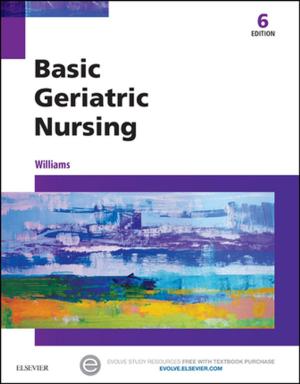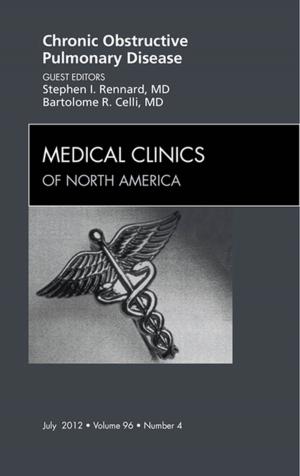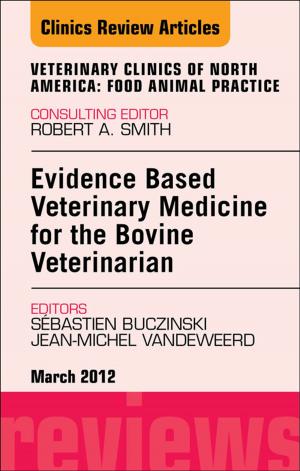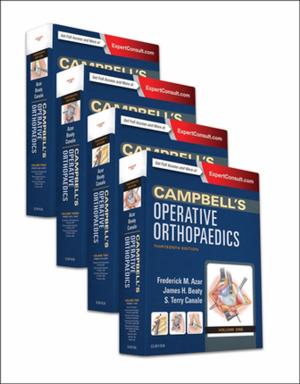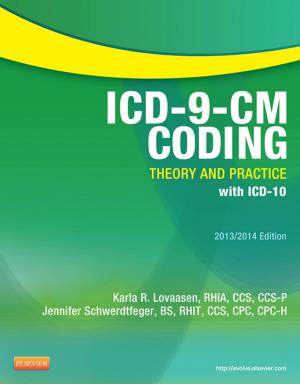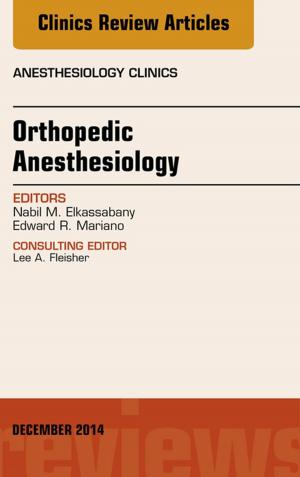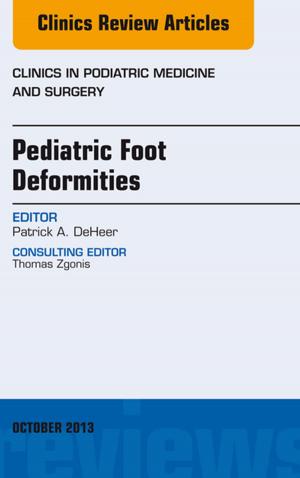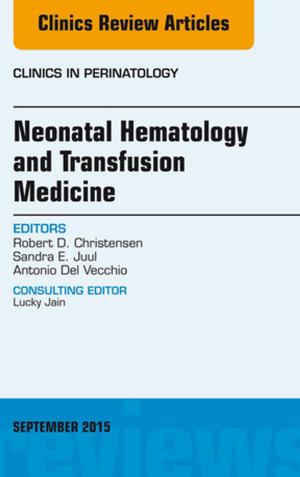Atlas of Normal Radiographic Anatomy and Anatomic Variants in the Dog and Cat - E-Book
Nonfiction, Health & Well Being, Medical, Veterinary Medicine| Author: | Donald E. Thrall, DVM, PhD, DACVR, Ian D. Robertson, BVSc, DACVR | ISBN: | 9780323312776 |
| Publisher: | Elsevier Health Sciences | Publication: | September 14, 2015 |
| Imprint: | Saunders | Language: | English |
| Author: | Donald E. Thrall, DVM, PhD, DACVR, Ian D. Robertson, BVSc, DACVR |
| ISBN: | 9780323312776 |
| Publisher: | Elsevier Health Sciences |
| Publication: | September 14, 2015 |
| Imprint: | Saunders |
| Language: | English |
Equip yourself to make accurate diagnoses and achieve successful treatment outcomes with this highly visual comprehensive atlas. Featuring a substantial number of new high contrast images, Atlas of Normal Radiographic Anatomy and Anatomic Variants in the Dog and Cat, 2nd Edition provides an in-depth look at both normal and non-standard subjects along with demonstrations of proper technique and image interpretations. Expert authors Donald E. Thrall and Ian D. Robertson describe a wider range of "normal" as compared to competing books — not only showing standard dogs and cats, but also non-standard subjects such as overweight and underweight pets and animals with breed-specific variations. Every body part is put into context with a textual description to help explain why a structure appears as it does in radiographs, and enabling practitioners to appreciate variations of normal that are not included, based on an understanding of basic radiographic principles.
-
Radiographic images of normal or standard prototypical animals are supplemented by images of non-standard subjects exhibiting breed-specific differences, physiologic variants, or common congenital malformations.
-
Images that depict a wider range of "normal" —such as images that detail the natural growth and aging characteristics of normal pediatric and senior animals — prevents clinical under- and over-diagnosing.
-
In-depth coverage of patient positioning and radiographic exposure guidelines assist clinicians in producing the very best results.
-
Unlabeled radiographs along side labeled counterparts clarifies important anatomic structures of clinical interest.
-
High-quality digital images provide excellent contrast resolution and better visibility of normal structures to assist clinicians in making accurate diagnoses.
-
Brief descriptive text and explanatory legends accompany all images to help put concepts into the proper context.
-
An overview of radiographic technique includes the effects of patient positioning, respiration, and exposure factors.
-
NEW! Companion website features additional radiographic CT scans and more than 100 questions with answers and rationales.
-
NEW! Additional CT and 3D images have been added to each chapter to help clinicians better evaluate the detail of bony structures.
-
NEW! Breed-specific images of dogs and cats are included throughout the atlas to help clinicians better understand the variances in different breeds.
-
NEW! Updated material on oblique view radiography provides a better understanding of an alternative approach to radiography, particularly in fracture cases.
-
NEW! 8.5" x 11" trim size makes the atlas easy to store.
Equip yourself to make accurate diagnoses and achieve successful treatment outcomes with this highly visual comprehensive atlas. Featuring a substantial number of new high contrast images, Atlas of Normal Radiographic Anatomy and Anatomic Variants in the Dog and Cat, 2nd Edition provides an in-depth look at both normal and non-standard subjects along with demonstrations of proper technique and image interpretations. Expert authors Donald E. Thrall and Ian D. Robertson describe a wider range of "normal" as compared to competing books — not only showing standard dogs and cats, but also non-standard subjects such as overweight and underweight pets and animals with breed-specific variations. Every body part is put into context with a textual description to help explain why a structure appears as it does in radiographs, and enabling practitioners to appreciate variations of normal that are not included, based on an understanding of basic radiographic principles.
-
Radiographic images of normal or standard prototypical animals are supplemented by images of non-standard subjects exhibiting breed-specific differences, physiologic variants, or common congenital malformations.
-
Images that depict a wider range of "normal" —such as images that detail the natural growth and aging characteristics of normal pediatric and senior animals — prevents clinical under- and over-diagnosing.
-
In-depth coverage of patient positioning and radiographic exposure guidelines assist clinicians in producing the very best results.
-
Unlabeled radiographs along side labeled counterparts clarifies important anatomic structures of clinical interest.
-
High-quality digital images provide excellent contrast resolution and better visibility of normal structures to assist clinicians in making accurate diagnoses.
-
Brief descriptive text and explanatory legends accompany all images to help put concepts into the proper context.
-
An overview of radiographic technique includes the effects of patient positioning, respiration, and exposure factors.
-
NEW! Companion website features additional radiographic CT scans and more than 100 questions with answers and rationales.
-
NEW! Additional CT and 3D images have been added to each chapter to help clinicians better evaluate the detail of bony structures.
-
NEW! Breed-specific images of dogs and cats are included throughout the atlas to help clinicians better understand the variances in different breeds.
-
NEW! Updated material on oblique view radiography provides a better understanding of an alternative approach to radiography, particularly in fracture cases.
-
NEW! 8.5" x 11" trim size makes the atlas easy to store.
